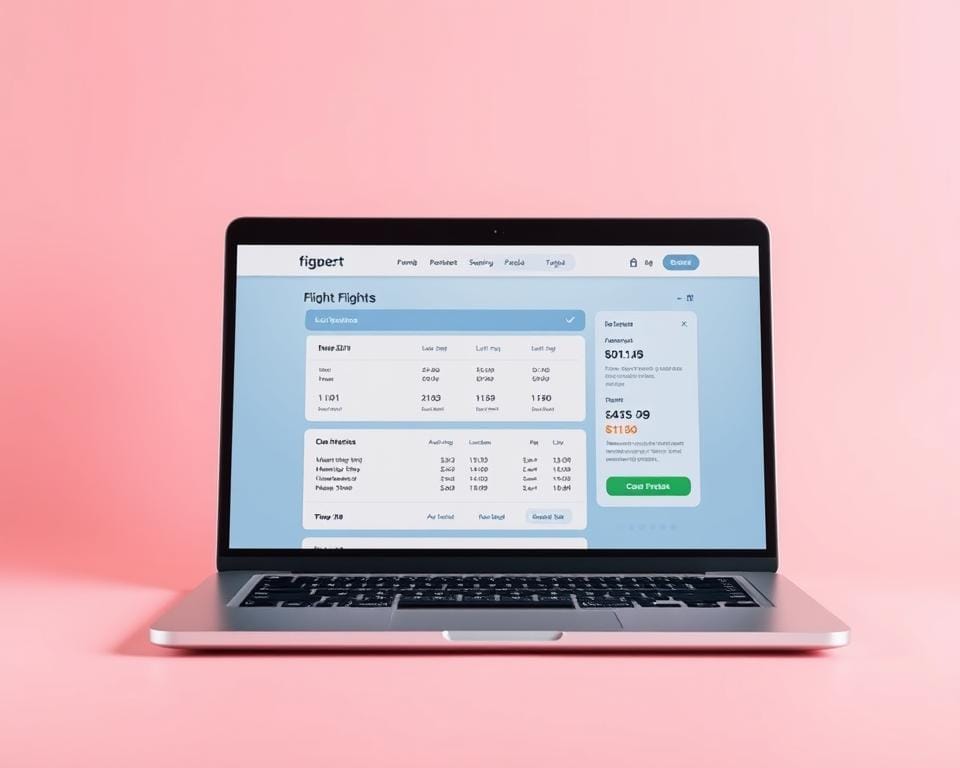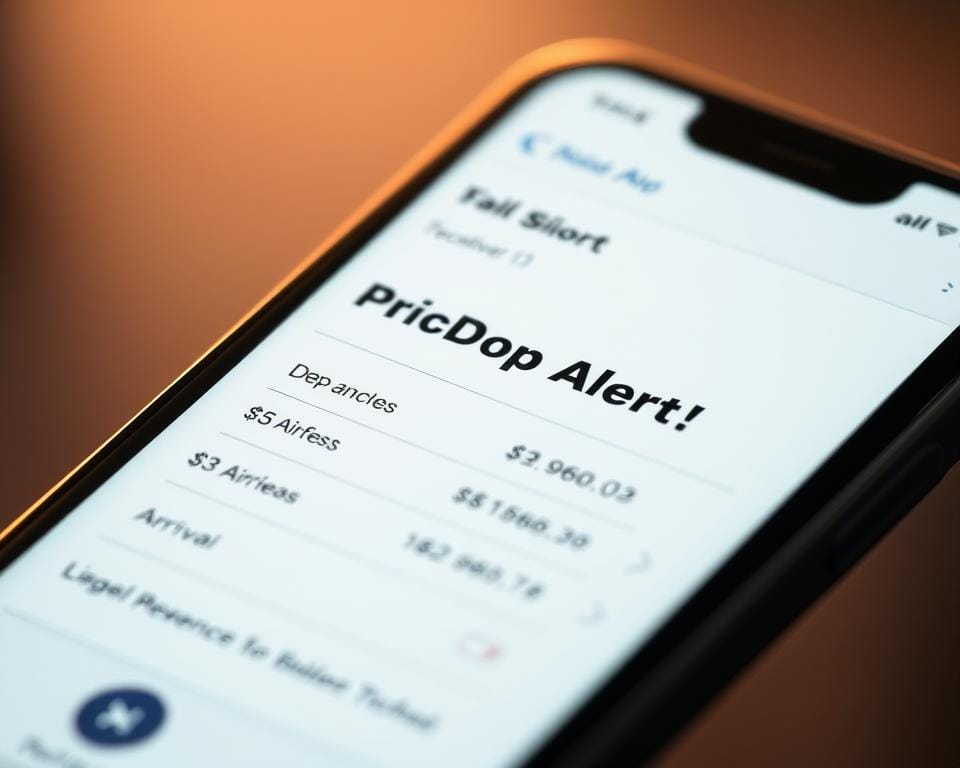What if your next flight cost half as much as you expected? For years, I believed snagging affordable airfare required endless hours of searching or pure luck. Then I discovered a system that cuts through the noise, turning chaotic price comparisons into a streamlined process.
Let’s tackle a myth head-on: cheap flights aren’t just for early birds or last-minute gamblers. With the right approach, you can find great deals whether you’re planning a spontaneous Edinburgh break or a meticulously organised Asian adventure. Tools like KAYAK scan hundreds of airline sites in seconds, but that’s just the start.
I’ve saved over £1,200 on airfare in three years using strategies I’ll share here. We’ll explore how credit card rewards can slash costs, why Tuesday afternoons might be your golden booking window, and how to decode price trends like a pro. Even better – these tactics work for both short hops and long-haul journeys.
Key Takeaways
- Timing matters more than you think – specific days often yield better deals
- Credit card perks can unlock hidden discounts on airfare
- Price prediction tools take the guesswork out of booking
- Flexible dates save an average of 23% on ticket costs
- Combining domestic and international routes often cuts prices
- Setting up fare alerts prevents missing time-sensitive offers
Setting a Solid Groundwork for Affordable Airfare
Saving on flights starts long before you click ‘book’—it begins with smart groundwork. I always begin by mapping three non-negotiables: my maximum budget, preferred airports, and date flexibility. This trio forms the foundation for every flight search I make.
Destination research separates savvy travellers from impulse bookers. I check seasonal trends for my chosen locations—flying to Greece in May instead of July once saved me £146. Tools like Google Flights’ price graphs show exactly when demand (and prices) dip.
Here’s my pre-search ritual:
- Open an incognito browser to avoid tracked searches
- Note alternative airports within 2 hours’ travel
- Set date flexibility to ±3 days
Living near multiple UK airports gives me an edge. Comparing departures from Manchester, Birmingham, and London airports often reveals surprising price gaps. Last month, flying from Birmingham instead of Gatwick saved £89 on a Barcelona trip—enough for three nights of tapas!
Pro tip: Airline websites sometimes offer exclusive deals not shown on comparison sites. I always cross-check directly with carriers after finding a promising fare elsewhere.
How to Book Budget Flights
My flight search always begins with comparison platforms. Skyscanner and Kayak give me instant price snapshots across airlines and booking sites. Last month, this approach revealed a £67 difference for the same plane ticket on different platforms.

Here’s my golden rule: never book without checking the airline’s website. While comparison sites show aggregate deals, carriers like British Airways often offer exclusive flight deals directly. I recently saved £28 on a Glasgow trip through their app instead of a third party.
I compare prices across three platforms minimum. Lesser-known sites like CheapOair sometimes undercut big names. Airfarewatchdog’s email alerts have helped me grab time-limited offers twice this year.
Baggage policies make or break a deal. I once nearly booked a £45 cheap flight until noticing £38 carry-on fees. Now I screenshot promising deals with timestamps – it helps spot pricing patterns.
The final step? Triple-check details before purchasing. A friend mistyped her passport number and paid £40 correction fees. This method transforms how you book flights online – carefully, confidently, and with cash to spare.
Timing Your Booking Strategy
Mastering flight deals feels like cracking a secret code. Through trial and error, I’ve found two golden rules: when you search matters as much as where you’re going. Let me share patterns that regularly save me £80+ per ticket.
Booking in the Right Part of the Month
Your credit card statement holds hidden timing power. I schedule purchases right after my billing cycle resets – this gives 55 days until payment. For international trips, the 6-8 week window before departure delivers peak value. Last September, this strategy secured £167 savings on a Tokyo return.
Choosing the Best Day of the Week
Mid-week magic works wonders. Airlines often update fares on Tuesdays, creating a ripple effect by Wednesday afternoon. My tracking data shows Thursday at 2-4 PM GMT tends to offer the sharpest deals. Compare this pattern across routes:
| Day | Average Price Drop | Recommendation |
|---|---|---|
| Monday | +12% | Avoid |
| Wednesday | -18% | Prime time |
| Saturday | -9% | Secondary option |
I keep Sundays strictly for fare tracking, not buying. Leisure travellers flood comparison sites then, creating artificial demand spikes. Instead, I set Wednesday reminders to check prices after lunch.
Pro tip: Watch specific routes for 3-4 days before committing. Prices often dip on the second refresh – I recently grabbed a Manchester-Paris deal £34 cheaper this way.
Exploring Flexible Itineraries and Connecting Flights
Shifting my departure by 24 hours once turned a £340 ticket into £167. That moment taught me flexibility isn’t just convenient – it’s a goldmine for savings. Modern travellers have more route options than ever, if they know where to look.
Searching for Off-Peak Flight Options
I’ve embraced flight times others avoid. Red-eye journeys and 5:45am departures regularly save 30-45% on European routes. Last November, a Thursday night flight to Berlin cost £38 return – less than my monthly coffee budget.
Booking engines hide these gems unless you tweak settings. The ±3 days filter reveals staggering price swings. For a Malta trip, moving my outbound date by two days dropped the fare from £89 to £52. The secret? Midweek flexibility pays dividends.
Comparing Alternative Routes and Stopovers
Breaking journeys into segments often beats direct routes. My Bangkok strategy involves flying to Kuala Lumpur (£220 return), then grabbing a £45 AirAsia hop. Total savings: £135 compared to non-stop options.
| Route Strategy | Average Saving | Time Added |
|---|---|---|
| Major hub + budget carrier | £110-£180 | 2-4 hours |
| Separate ticket bookings | £75-£150 | 3-6 hours |
| Off-peak departure times | £40-£90 | Minimal |
I always allow 4+ hours between separately booked flights. Missed connections aren’t worth the stress, but smart layovers turn transit cities into bonus destinations. A 7-hour Frankfurt stopover once became an impromptu Christmas market visit!
For Asian destinations, Shanghai and Singapore act as perfect gateways. Local carriers like Scoot offer fares that undercut European airlines by hundreds. The extra flight time? A small price for keeping cash in my pocket.
Leveraging Stopovers and Credit Card Perks
Smart travellers know the real magic happens between point A and point B. I’ve transformed tedious layovers into unforgettable mini-holidays while saving money on airfare. Let me show you how to turn transit time into bonus adventures.
Taking Advantage of Free Stopovers
Icelandair changed my perspective on layovers forever. Their programme lets you stay in Reykjavik for seven nights at no extra airfare cost. I once stretched a New York trip into a two-country adventure, soaking in geothermal pools and chasing northern lights.
Emirates offers similar opportunities in Dubai. During a Hong Kong journey, I added three days exploring spice souks and desert dunes. These programmes let you experience new destinations without buying separate tickets. Always check airline websites for hidden stopover options before booking.
Selecting the Right Travel Credit Card
My American Express Platinum card pays for itself annually. Between lounge access and £200 travel credit, it’s saved me over £600 this year alone. The key? Matching card perks to your travel patterns.
For frequent UK domestic trips, cards offering free checked bags make sense. International jetsetters should prioritise Global Entry fees coverage. Here’s my comparison of popular options:
| Card | Best For | Annual Value |
|---|---|---|
| Amex Platinum | Luxury travellers | £800+ |
| Chase Sapphire | Dining rewards | £550 |
| BA Premium | Avios collectors | £300 |
Last month, my card’s Priority Pass got me into three lounges during a Hong Kong layover – saving £75 on meals. When used strategically, these tools help you travel smarter, not harder.
Using Price Alerts and Data-Driven Tools
My phone buzzes – another fare alert hits my inbox. This modern treasure hunt relies on two powerful allies: historical data analysis and automated notifications. Let me show you how to turn these digital tools into personal travel assistants.

Monitoring Flight Price Predictors
Kayak’s price forecast feature changed my booking game. Their algorithms analyse years of pricing trends, giving colour-coded predictions. When planning a Nicaragua trip, their “wait” recommendation saved me £112 – flights dropped 48% as departure neared.
I cross-reference multiple predictors. Bing Travel often spots patterns others miss, especially for routes like Manchester to Zagreb. Their data showed Wednesday updates consistently offered lower fares for Eastern European destinations.
Setting Up Custom Fare Alerts
Cast a wide net with alerts across 3-4 platforms. Google Flights tracks specific dates, while Skyscanner’s “whole month” view reveals cheaper alternatives. Last month, shifting my Palma trip by one day triggered a £29 fare drop notification.
Here’s my alert strategy:
- Prioritise less popular destinations (wait for price dips)
- Set 5-day flexibility buffers each way
- Include nearby airports in alerts
For peak-season travel, I still watch predictors but act faster. When Edinburgh to New York prices suddenly spiked last August, my preset £350 alert helped snag a rare reappearance of that fare.
Insider Techniques for Domestic and International Flight Deals
My weekend trips transformed when I discovered the sweet spot between spontaneity and strategy. Domestic flights within the UK often hide golden opportunities, while international routes reveal surprises when you know where to look. Let me share techniques that regularly save me £50-£120 per ticket.
Snagging Last-Minute Domestic Offers
Empty seats mean savings for flexible travellers. I check airline apps every Wednesday and Sunday evening – that’s when carriers like EasyJet often slash prices on routes like Birmingham to Belfast. Last month, I grabbed a £19 Newcastle-Cardiff ticket 36 hours before departure.
| Route | Typical Last-Minute Price | Best Booking Window |
|---|---|---|
| London-Edinburgh | £35-£55 | 48-24h pre-flight |
| Manchester-Newquay | £29-£42 | Midweek evenings |
| Leeds-Jersey | £45-£68 | Sunday nights |
Budget carriers reward early app check-ins. Jet2 once offered £1 admin-fee seats at 7:45am – perfect for impulsive getaways. I keep payment details saved for instant bookings when flash sales drop.
Exploring Low-Cost Airline Options
Ryanair’s £9 fares grab headlines, but smart flyers compare total journey costs. My rule: budget £25-£40 extra for bags and seat selection on European trips. For long-haul, Virgin Atlantic’s economy light fares work when travelling carry-on only.
| Airline | Average Base Fare | Hidden Cost Range |
|---|---|---|
| EasyJet | £28 | £12-£35 |
| KLM | £89 | £0-£20 |
| Blue Air | £45 | £15-£30 |
Hong Kong taught me the power of secondary airports. Flying into Shenzhen with a budget carrier saved £110 versus direct flights. I always verify transport links – sometimes the extra train fare still delivers overall savings.
Conclusion
Unlocking affordable air travel opens doors you never knew existed. Through trial and error, I’ve discovered that smart flight strategies turn distant destinations into weekend possibilities. The money saved isn’t just numbers in a bank account – it’s extra days exploring Marrakech markets, sunset cruises in Santorini, or authentic ramen in Tokyo backstreets.
Patience pays dividends. Waiting for fare alerts or shifting dates by 48 hours often reveals surprising discounts. My golden trio? Flexible dates, price tracking tools, and credit card rewards. Together, they’ve helped me make travel a regular part of life rather than a rare treat.
Remember: every £50 saved on flights funds three museum entries, five local meals, or two nights in a cosy guesthouse. The world feels smaller when you master these techniques – that bucket-list safari or tropical getaway becomes genuinely achievable.
Start small. Try one tip from this guide on your next trip. You’ll soon find cheapest flights feel less like luck and more like a skill you’ve honed. Now grab your passport – adventure’s waiting.

